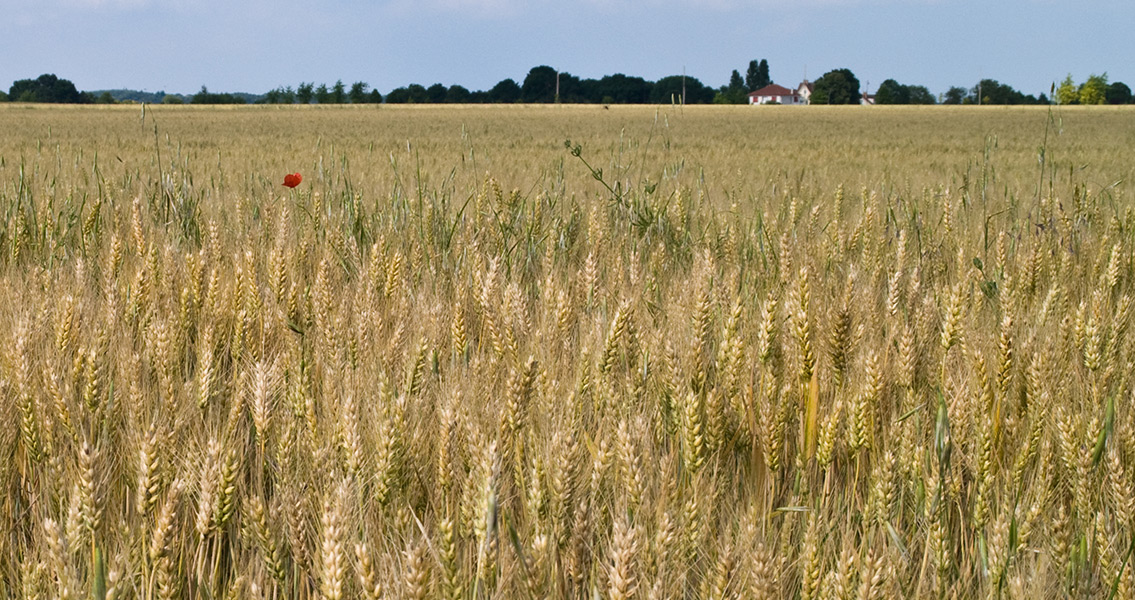<![CDATA[It’s been a commonly held belief that the population growth of prehistoric humans was connected to the rise of agriculture and farming as their primary form of sustenance. i.e., the advent of agriculture 10,000 to 12,000 years ago caused the population of farming groups to increase at a more rapid rate than those of hunter-gatherer groups. Now, this understanding of history is being brought into question. Researchers with the Harvard-Smithsonian Center for Astrophysics and the University of Wyoming analyzed the radiocarbon dates taken from the charcoal hearths (which offer researchers the most direct record of the activities of prehistoric humans) found at sites previously determined to belong to hunter-gatherer groups in Wyoming and Colorado (United States) and discovered an annual, long-term growth rate of 0.041 percent. This rate is consistent with the growth rate attributed to European farming societies during the same time. Accordingly, the introduction of agriculture to ancient humans is not directly linked to the long-term increase in the annual population growth rate. In actuality, the influences which contributed to long-term human population growth rates for most of the past 12,000 years were more likely to be global in nature, such as disease (a biological factor which would have affected all humans) or climate change, according to Jabran Zahid with the Harvard-Smithsonian Center for Astrophysics, who led the study. The same annual rate of growth was measured for populations which dwelled in a wide variety of environments, and practiced a variety of subsistence strategies. Today, the global human population increases at an average rate of 1.0 percent annually, while previous research has shown that the long-term growth of prehistoric human populations from the end of the Ice Age was only 0.04 percent annually. This lower rate remained the standard until around 200 years ago, when a variety of factors contributed to increased population growth rates. For humans who were hunter-gatherers in the region of what is now Colorado and Wyoming between approximately 6,000 to 13,000 years ago, and who foraged on plants and animals in order to survive, the analysis showed an annual long-term growth rate consistent with the growth rate measured throughout North America. During this same time period, the growth rate of European societies who were already farming or starting the transition to agriculture was practically the same. The study concludes that population growth held to a steady annual 0.04 percent overall increase for thousands of years. The study also acknowledges that there were several short-term fluctuations in the human growth rates in certain regions which lasted from a few hundred years to 1,000 years. The researchers have recommended that further statistical analysis of the radiocarbon dates of human remains be completed in order to study the mechanisms responsible for regulating human population growth. The research has been recently reported in the recognized scientific journal, Proceedings of the National Academy of Sciences. Image courtesy of Wikimedia Commons user: Myrabella ]]>
Farming Not Responsible for Prehistoric Population Growth
